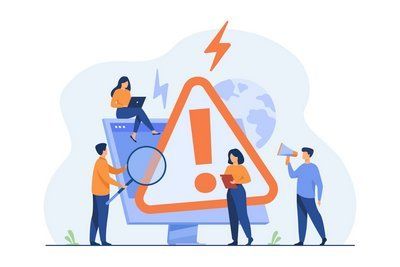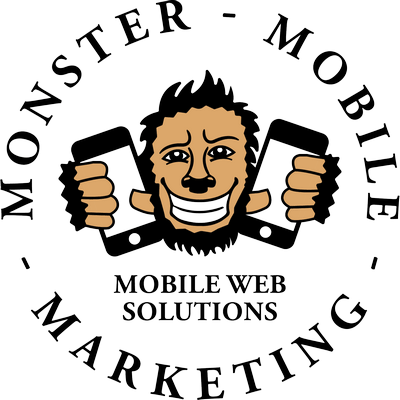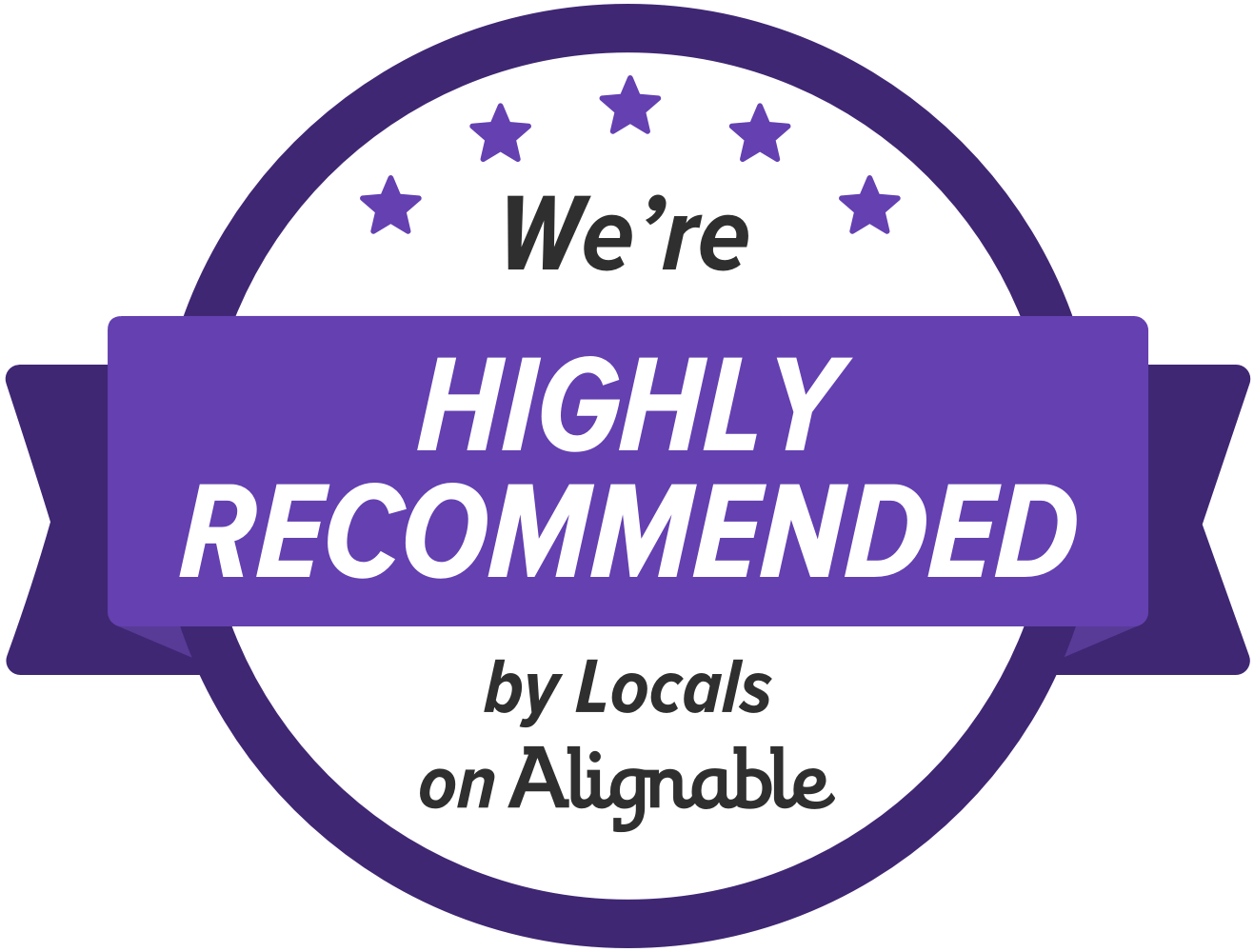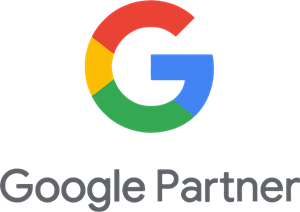AI Next-Gen Marketing: How to Show Up in LLM Searches and Google’s AI Features
Updated August, 16, 2025
When someone wants to find a product, service, or solution, what do they do first? They search online. Search has always been the bridge between customers and businesses, and now, artificial intelligence is rebuilding that bridge.
AI isn’t just enhancing search; it’s changing how people discover and choose brands. Tools like ChatGPT, Perplexity, and Google’s new AI features don’t give users a page of links, they give them answers. If your brand isn’t part of those answers, you’re invisible.
This post explains how AI-driven search is the new marketing battleground, and how you can adapt to stay visible and competitive.
What is Next-Gen AI Marketing and Why Does It Matter?

Traditional marketing has always followed search. We optimize websites so they appear where customers are looking. But with AI, the way people search, and how results are shown, has changed:
Key Differences from Traditional Marketing
- Search is conversational. People ask full questions instead of typing “keywords.”
- Results are synthesized. AI combines data from multiple sources into one direct answer.
- Behavior is predicted. AI anticipates needs before a user even clicks “search.”
This means marketing is no longer just about ranking first, it’s about becoming a trusted source AI chooses to cite. Your marketing strategy must now focus on earning a spot in AI-generated answers.
Optimizing for LLM-Powered Searches (ChatGPT, Perplexity, etc.)
Large Language Models (LLMs) like ChatGPT and Perplexity generate answers by scanning vast amounts of content. They decide what to include based on credibility and relevance, not just keywords.
What This Means for Marketing
Your brand’s visibility in AI search depends on how well your marketing content signals authority. If your content is thin or outdated, AI won’t pull you into its answers, and potential customers will never see you.
Key Steps to Get Found by LLMs
- Create deep, connected content that covers your niche comprehensively.
- Use structured data (schema) so AI understands what your content represents.
- Demonstrate E‑E‑A‑T (Experience, Expertise, Authoritativeness, Trustworthiness) through bios, testimonials, and case studies.
- Answer questions conversationally, match how real people search.
- Implement
llms.txtto guide how AI tools use your site content. - Encourage
brand mentions
across reputable sites like Reddit and Quora, as well as industry-specific forums to strengthen recognition in AI answers.
Google’s AI Mode, What Marketers Need to Know

Google’s AI Mode is a toggle setting in Search that activates more detailed, AI-generated results for certain queries. It’s part of Google’s push toward generative AI search experiences, and it's designed to give users long-form, AI-powered summaries, sometimes including follow-up prompts or suggested next questions.
Why This Is Crucial for Marketing
AI Mode isn’t just a new feature, it represents a fundamental change in how your customers interact with search. Instead of clicking through a list of websites, users are getting comprehensive answers directly from Google. That shifts where, and how, marketing visibility happens.
For marketers, this means it's not only about who ranks #1. It’s about whose content is trusted and structured well enough for AI to include in its response. That changes your goals from chasing clicks to earning inclusion in AI-powered answers.
When AI Mode is on, visibility hinges on:
- Content clarity and structure so AI can easily interpret and summarize your material.
- Topical authority and trust signals to prove your brand is a reliable source.
- Google Business Profile accuracy for local businesses, where AI Mode heavily relies on GBP data for hours, reviews, services, and more.
In short: AI Mode changes what it means to “show up” in search. Your marketing must now help you become the answer, not just appear next to it.
How to Prepare
- Ensure your GBP is fully filled out, accurate, and includes Q&A.
- Use clear, structured content with headings and summaries.
- Focus on authoritativeness, highlight your experience and customer proof.
- Stay current on AI Mode updates, especially as it expands to more users.
Google AI Overviews and Their Impact on Search

Google AI Overviews, part of the Search Generative Experience (SGE), are AI-written summaries that appear at the top of the search results page for certain queries.
These summaries are automatically generated and combine insights from multiple websites to quickly answer a user’s question, often without the user needing to click through to any site.
Why They Matter
- High visibility: AI Overviews appear at the top of the page, above standard results.
- Brand credibility: If your site is included, even as one of several sources, it builds trust.
- Changing click behavior: More users may get what they need from the summary, clicks aren’t guaranteed, but visibility is.
How Google Chooses Sources
AI Overviews pull from multiple trustworthy sources and typically cite 2–3 links beneath the summary. The sources selected are influenced by:
- Relevance to the query
- Quality and clarity of content
- Structured data
- Recency (how recently the page was updated)
How to Improve Your Chances of Being Included
- Provide clear, well‑structured answers (FAQs, bullet points, question-based headings).
- Keep content comprehensive and current so it stays competitive for inclusion.
- Use schema markup to help AI interpret your information accurately.
- Ensure your website has a mobile‑friendly design and fast loading to improve overall ranking signals.
Google AI Overviews vs. Google AI Mode — What’s the Difference?
| Feature | Google AI Overviews | Google AI Mode |
|---|---|---|
| Appears by default? | Yes, for eligible searches | No, user must toggle on |
| Answer length | Short summaries | Longer, interactive answers |
| User control? | No | Yes |
| Part of SGE? | Yes | Yes |
| Uses GBP data? | Occasionally | Heavily for local queries |
| Optimized with structured content? | Yes | Yes |
AI doesn't eliminate the need for SEO; it transforms the objective. Rather than striving for the top link, your goal now shifts to ensuring that you are included in the summary that catches customers' attention first.
Practical Steps to Get AI-Ready Now

Search and marketing are more intertwined than ever. If AI search is the new front door, your marketing needs to hang the welcome sign. Here’s how:
- Audit Your Content: Does it answer customer questions clearly? Is it structured and up-to-date?
- Build Authority: Create topic clusters (pillar pages + supporting content) to dominate your niche.
- Use
llms.txt: Decide what AI can access, boosting visibility for high-value pages. - Write Conversationally: Include FAQs and headings that match how real people ask questions.
- Strengthen Trust Signals: Showcase expertise with reviews, testimonials, and credible citations.
- Monitor AI Rollouts: Stay updated on Google and LLM changes so your strategy evolves with them.
AI is changing the search game faster than anything before it. From conversational tools like ChatGPT and Perplexity to Google’s AI Mode and Overviews, the old rules of visibility no longer apply.
Monster Mobile Marketing helps brands navigate this shift, not just to keep up, but to lead.
- Contact us today for a custom AI marketing strategy built for your business.
Don’t wait for AI to pass you by, get ahead now.
